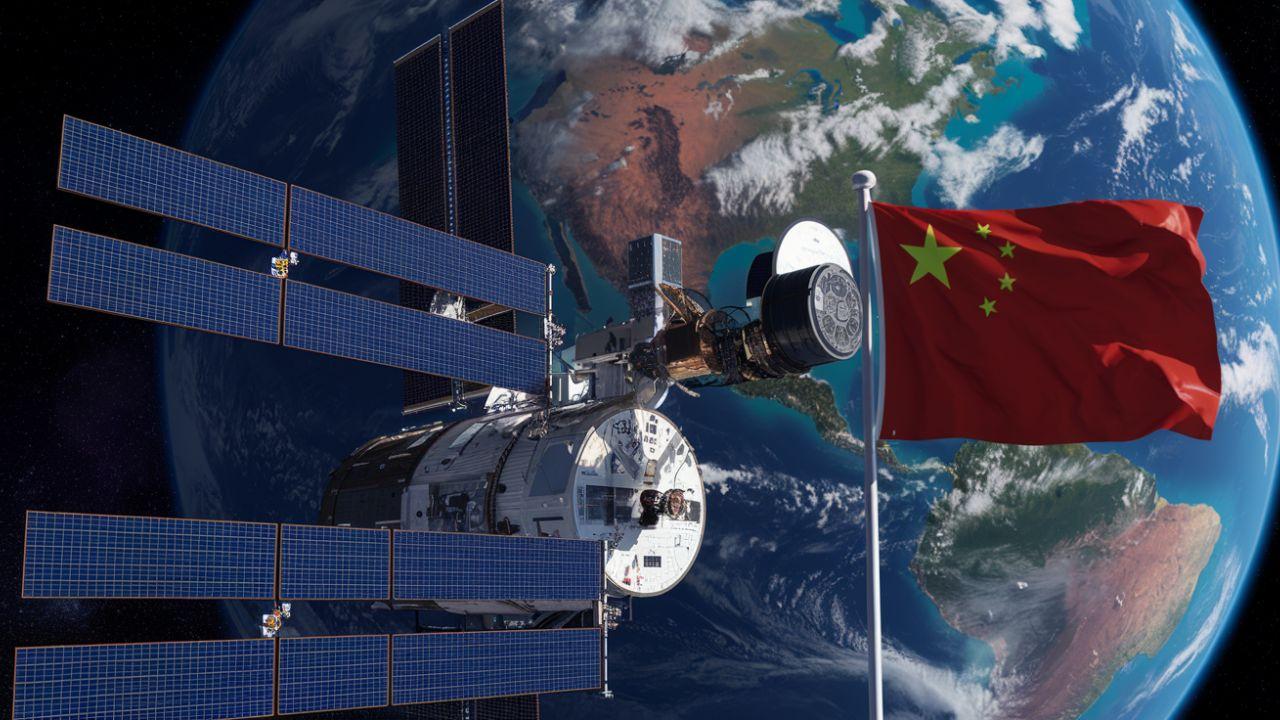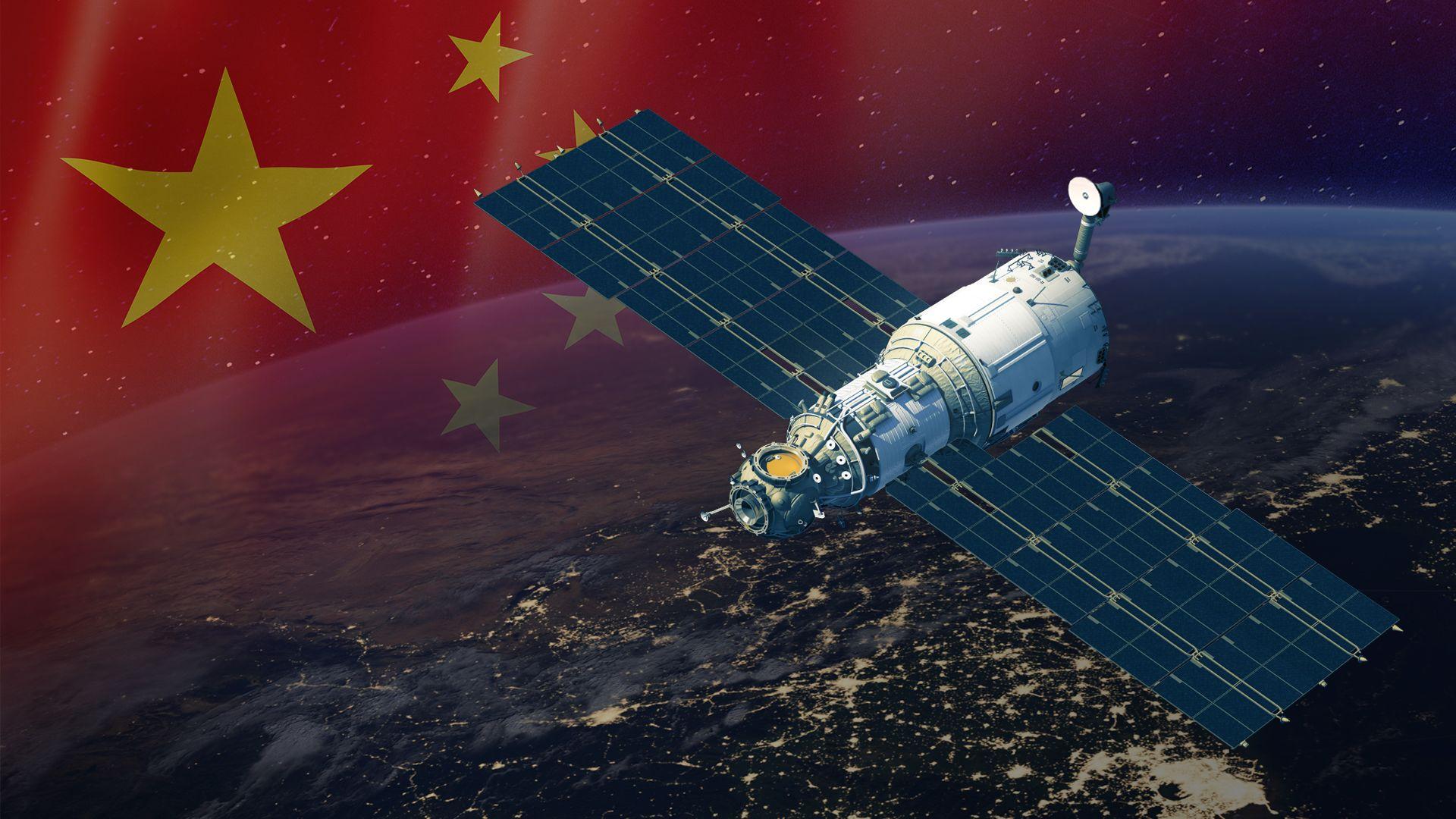China’s Revolutionary Space-Based Solar Power Station Could Surpass Global Oil Energy Output
China is making headlines with a bold and transformative energy initiative—a space-based solar power station capable of generating more energy than all the oil extracted on Earth each year. This ambitious project, spearheaded by Chinese scientists and space engineers, aims to revolutionize how the world produces and consumes energy by taking solar power beyond Earth’s atmosphere.
Solar Power from Space: A Continuous Energy Source
Unlike traditional solar panels on Earth, which are affected by weather conditions, atmospheric interference, and the day-night cycle, a solar power station in geostationary orbit—36,000 kilometers above Earth—would have uninterrupted access to sunlight 24 hours a day, 7 days a week. This means maximum energy capture with consistent and efficient output.

The collected solar energy would be converted into microwave beams and transmitted to receiving stations on Earth, where it would be transformed back into electricity and distributed to power grids. This continuous, weather-proof power supply could provide a stable and sustainable alternative to fossil fuels, addressing both climate change and the global energy crisis.
A Dam in the Sky: The Scale of China’s Vision
Chinese researchers have compared the scale of the project to “moving the Three Gorges Dam into space.” The Three Gorges Dam is one of the largest hydroelectric power plants in the world, and this analogy highlights the immense energy potential of the proposed orbital station. If realized, the space-based solar project could exceed the dam’s output, delivering terawatts of clean energy—enough to power entire nations.

The system’s development will involve launching and assembling massive solar arrays in orbit using China’s next-generation Long March-9 rockets. These heavy-lift launch vehicles are designed to carry the infrastructure needed to build and maintain such a colossal energy platform in space.
The Future of Clean Energy
China’s space-based solar project is not just a scientific experiment; it represents a strategic leap toward a carbon-free future. By utilizing space as a clean energy platform, China positions itself at the forefront of sustainable innovation and space technology leadership.
The project also opens the door for global energy collaboration, where countries could potentially share in or adopt similar technology to reduce greenhouse gas emissions and decrease reliance on oil, coal, and natural gas.

Challenges and Prospects
While the concept is promising, the project faces technical and engineering challenges, including precision energy transmission, orbital construction, and cost efficiency. However, if successful, this initiative could become one of the most advanced energy solutions ever developed, setting a new standard for renewable, non-fossil-fuel-based power sources.
Conclusion
China’s revolutionary space-based solar power station has the potential to outproduce the energy from all Earth-based oil extraction annually, marking a major milestone in renewable energy. As the world seeks urgent solutions to climate and energy challenges, this orbital innovation could provide the continuous, sustainable power source the planet needs.




